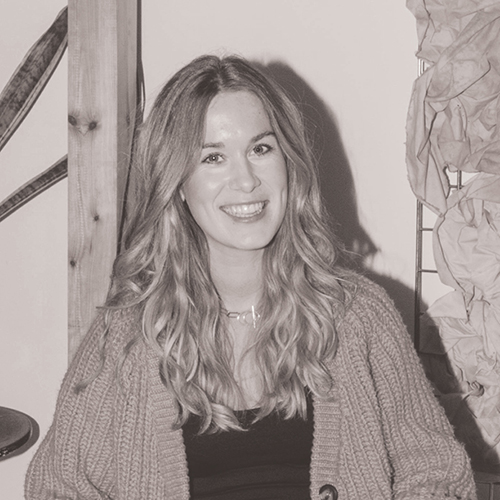How to help your clients build the perfect tech stack by Frankie Jones, Pleo
As an accountant, you need to communicate to people who’ve been doing the same thing for 10 years that, in some cases, now it’s time to do things differently.
“The key is to make sure people understand why the change is happening and that the benefits, while they might be painful in the short term, will become apparent in the long run. It’s all about playing the long game,” recommends Graham.

Further difficulties can arise if one part of their tech stack is a legacy system, which they want to keep, but it’s a minefield trying to integrate it with other, newer systems. “One system might be the best one for the job, but if it doesn’t work well alongside the others you’re already using, it’s not a sustainable solution.”
On top of that, there’s the issue that most solutions are not 100% perfect. “It’s rare that we find something that hits the sweet spot,” says Graham. Tech tools are all unique and have their own complexities, so you can find solutions that will undoubtedly make things better and more automated, but they might need workarounds here and there. “While we aim to find solutions that work every time, there are occasions where we have to find a stopgap,” which needs to be communicated to clients to manage expectations.
- Integration
Above all else, “it’s the ability to integrate with other systems”, says Graham. “We try to find solutions that tie in, not individual bits”. These tend to be cloud-based solutions, as remote log-ins and integrations tend to be more seamless. That’s why ease of use needs to be factored in, as big, scary complex solutions will only repel your clients.
- Scalability
Any tech needs to be able to grow with your client. The architecture of the application needs to be scalable, as this will prove whether or not it can handle an increase in the number of app users. While something might be a solution for a client’s size at the minute, if their projection is to expand, it makes sense to find a solution that works for all outcomes. “There’s no point in a tool becoming redundant in six months,” says Graham.
- Automation
The objective of any tech stack is to make the finance team’s (and the IT team’s) lives easier. It should, automate things. “The less manual input needed, the less risk of error and the less time spent, the better.” This goes hand in hand with scalability, as it helps you focus on the work that has the most impact in growing your business.
- Cost
Many businesses are cutting back on spending right now thanks to the turbulent economy. So cost is a significant factor, finding a tool that fits within your client’s budget is key, particularly if they plan to grow and pay a higher subscription fee. Bear in mind that you’ll probably pay more for something that’s tailored to a specific business rather than an off-the-rack tech stack, and don’t forget to take training costs into consideration.
- Level of support
As Graham puts it, “We support our clients on the systems we introduce, but the support you get from the provider needs to be effective, especially during the teething stage.” Ideally, customer service will be easily contactable, and the provider will have a solid onboarding team and process.
But, in this scenario, it’s important to ask if they’re planning to open more restaurants. It’s the best way to plan for the future and prevent these discussions from arising down the line when you’ve already invested time and money in producing certain tools. “It helps to get a system in early that facilitates growth. Try to anticipate problems before they show up during the growth stage.”
Another factor to evaluate is how quickly the desired outputs are being reached. “If what your client wants is real-time information from the system, how quickly are they getting that?” says Graham. Maybe they can’t afford to wait until 30 days after month-end. If that’s the case, your job is to find the tool that reduces those days.
Last but definitely not least, Graham suggests you assess the quality of the output. Is the solution ticking all the boxes and giving your client the necessary reporting KPIs they’re lacking right now? If all of these criteria are satisfied, you’re doing something right.

Interested in becoming a Pleo Partner? Find out how we can automate your clients’ spending with our smart spend solution, complete with direct integrations to your accounting software. Our dedicated Partner Managers are here to help you get the most out of your partnership and ensure smooth implementation for your customers, and our expert customer success teams are always on hand to support you. Talk to someone from our Partnerships team today to start empowering your clients – you can thank us later.
